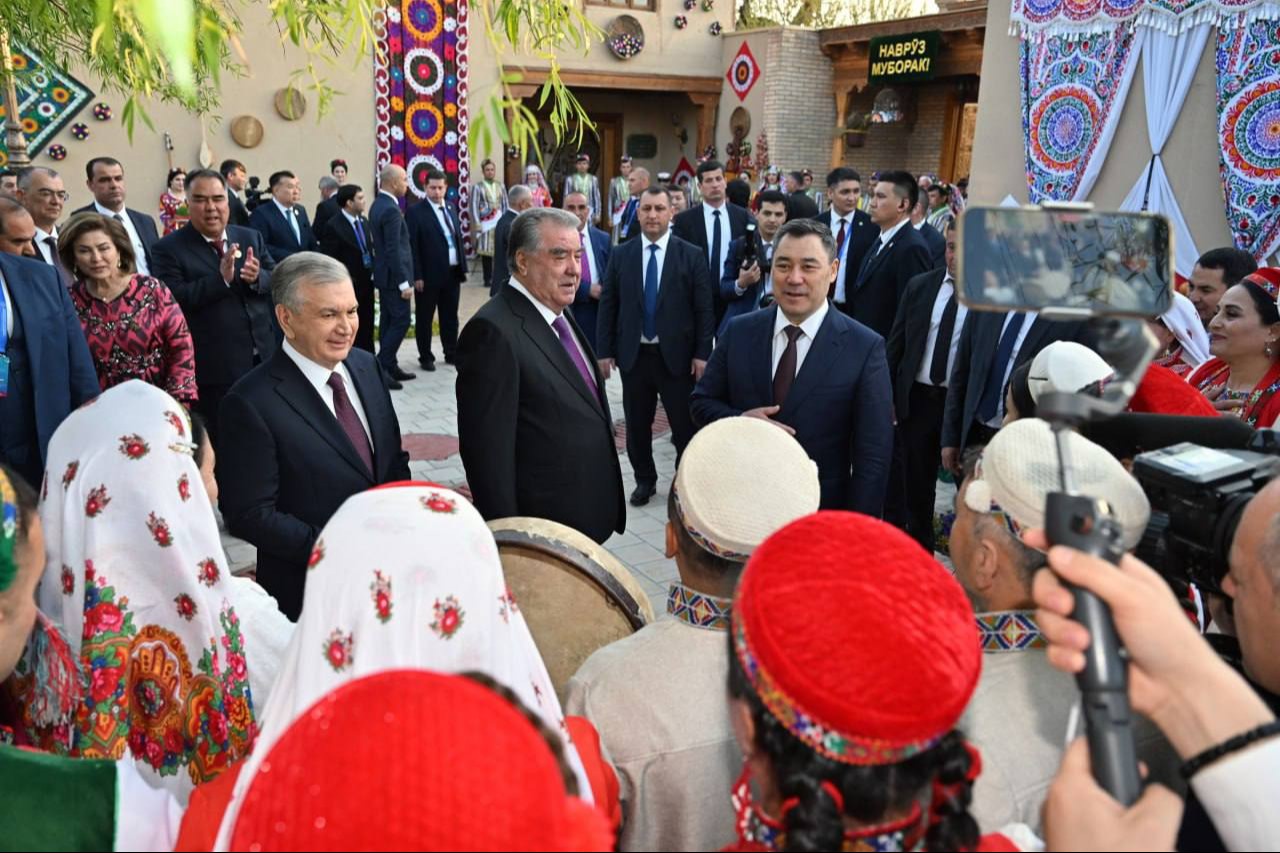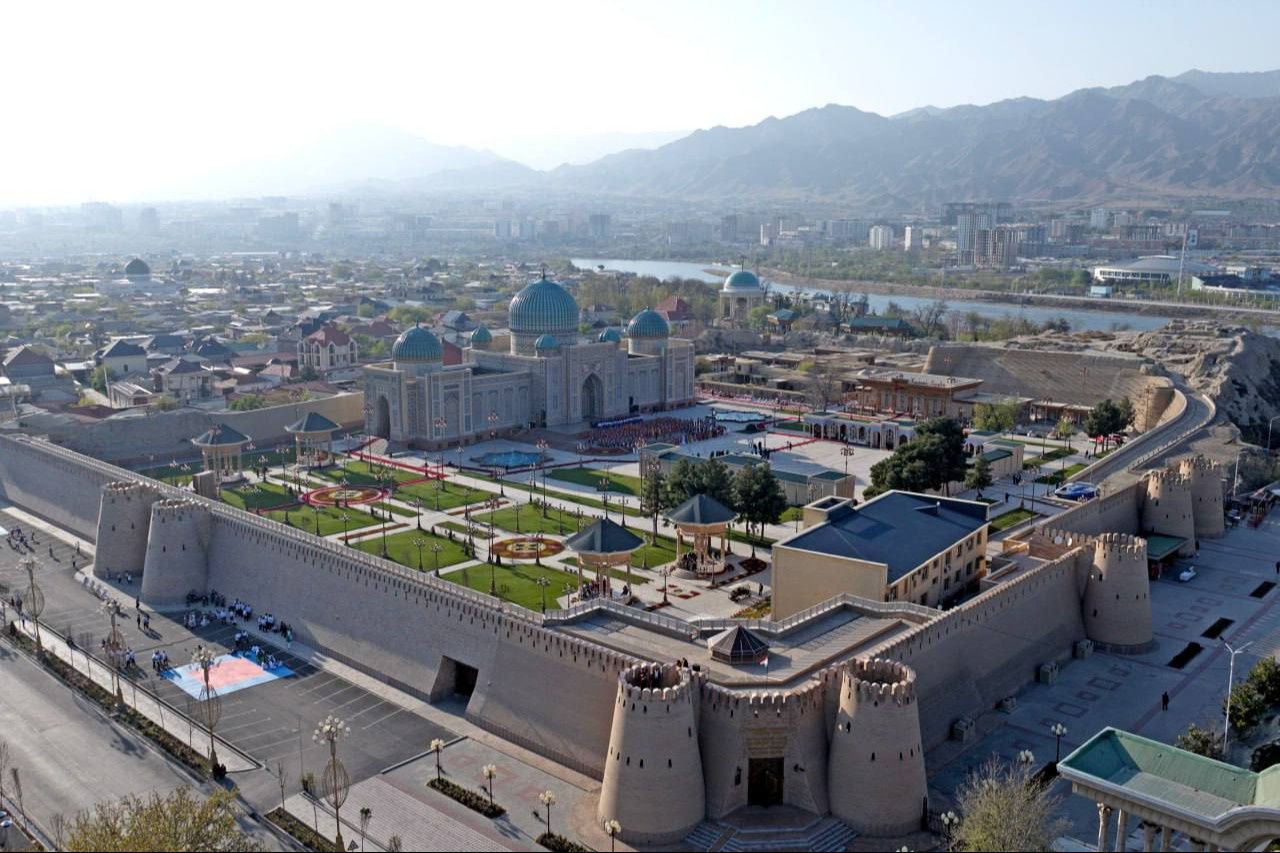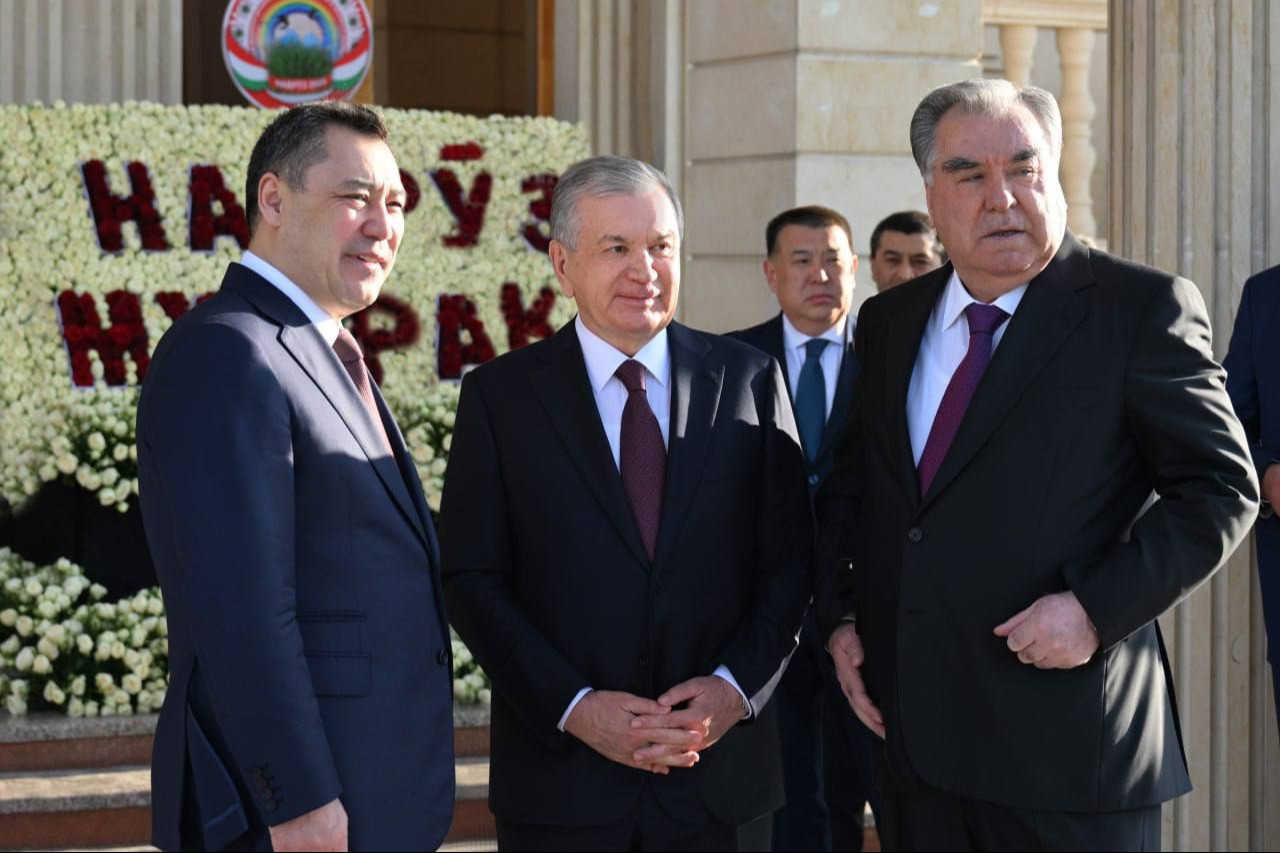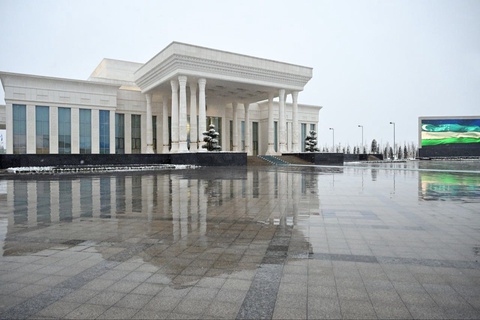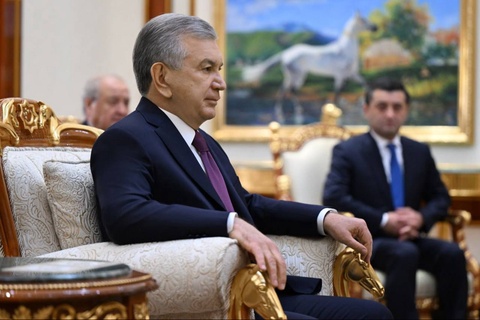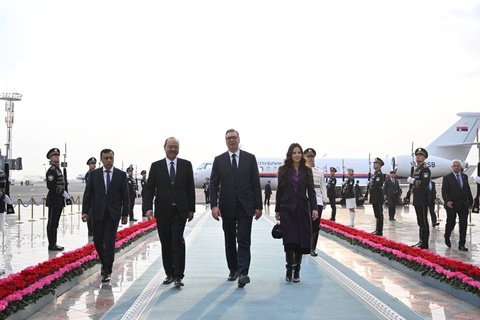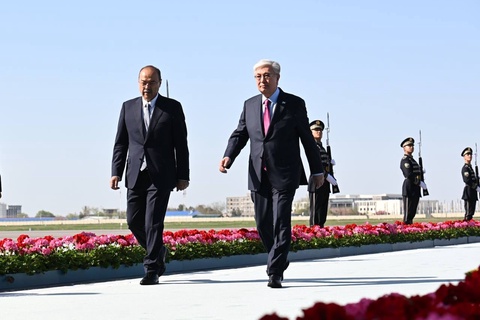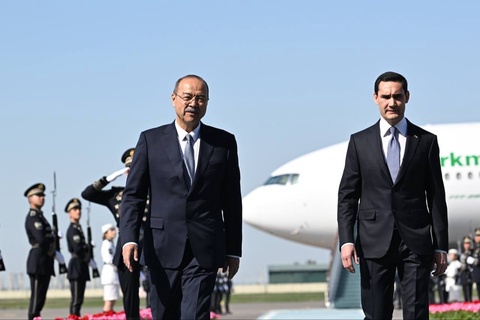It is worth noting that the construction of this unique complex dates back to the 6th-5th centuries BCE. Archaeological excavations have confirmed that the first fortress was built during that period.
Following its reconstruction in 1999, a regional history museum was opened adjacent to the fortress, now housing over 28,000 exhibits.
During the most recent restoration, the fortress walls, citadel, and gates were rebuilt. An administrative building and artisan shops were constructed, and replicas of traditional Khujand courtyards were created.
A complex featuring five exhibition halls dedicated to the history and culture of the Tajik people was also established on the site. In eight artisan courtyards, artisans engage in calligraphy, painting, the production of adras and suzani, stone carving, blacksmithing, and pottery.
The leaders viewed an exhibition showcasing traditional crafts, agricultural products, and national cuisine from the three countries and attended performances of traditional cultural presentations.


